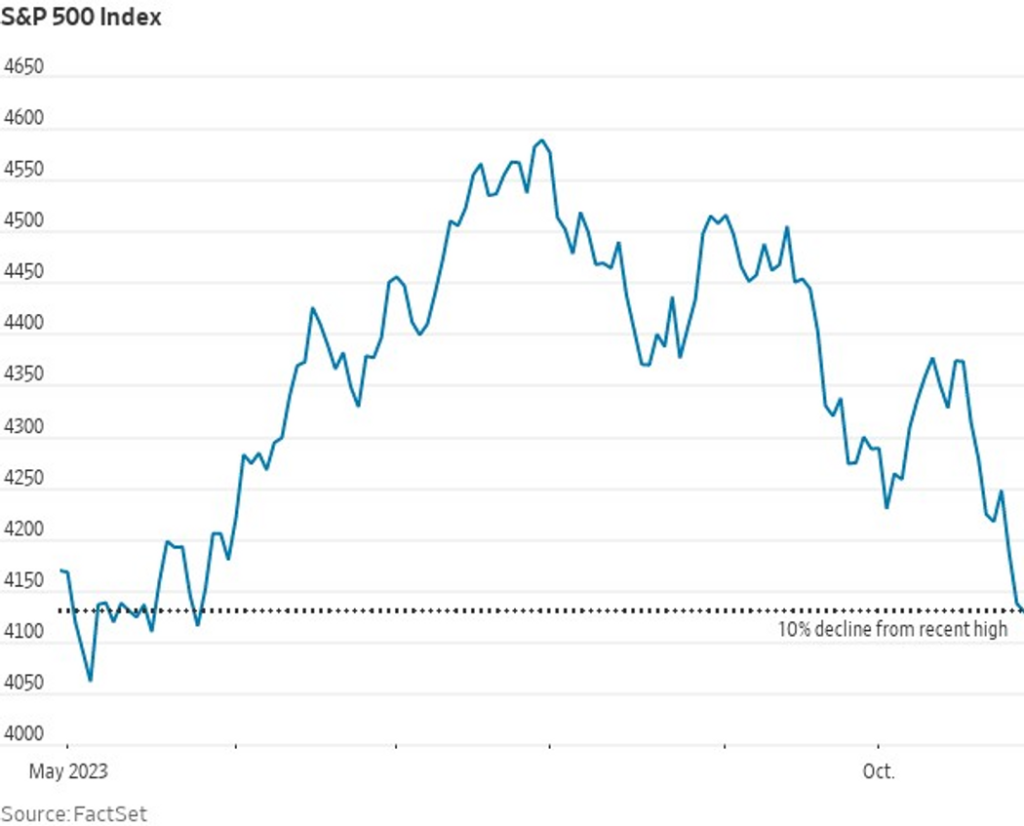Decoding the S&P 500 Correction: What Lies Ahead?
At the close of trading on Friday, the S&P 500 index entered correction territory, marking the 103rd instance in its history.
The S&P 500, a measure of U.S. large-cap equities, experienced a decline of 19.8 points, a 0.5% drop, reaching around 4,117 according to preliminary FactSet data. This decline reflects a 10.3% decrease from its prior cyclical high of 4,588.96 reached on July 31, 2023.

The Nasdaq Composite also transitioned into a correction phase last Wednesday.
Reflecting on the past 15 corrections in the S&P 500, historical data shows it took an average of three months for the index’s performance to recover, with an average gain of 10.1% one year later.

Dating back to 1928, the S&P 500 has historically shown an average annual rise of 9.1% following a correction.

Market Data from Dow Jones
Despite these corrections, the S&P 500 has shown a 7.2% increase year-to-date. The Nasdaq Composite has surged by 20.8%, while the Dow Jones Industrial Average is down by 2.2% for the year, according to FactSet data.




